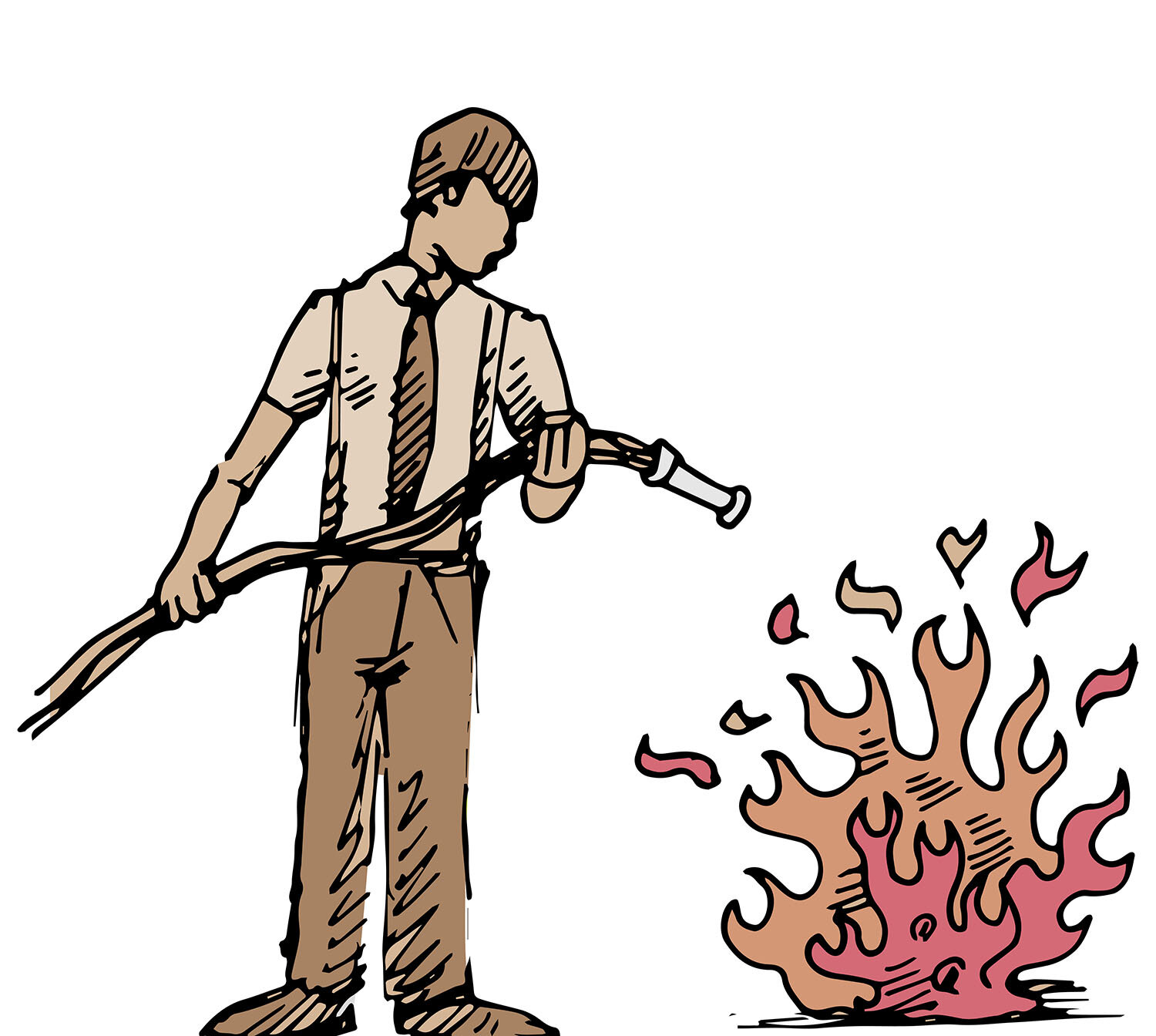Strong Collaboration is Intentional Collaboration
What has the most chance for success and reduces stress in a team? Putting out fires or Intentional, planned collaboration?
This post based on my Podcast series Lessons From Mars Episode 5
We talk about collaboration as if it were one thing that we all understand in the same way. The fact is that there are varying degrees of collaboration requiring different amounts of focus and effort. Each is useful in its way. In upcoming podcasts I’ll talk in depth about eight specific levels of collaboration. For this discussion, there are three points I’ll make about degrees of teamwork: most of what we call teamwork is some form of helpfulness; helpfulness is good, but it’s not enough and; what we need is more intentional collaboration.
Helpfulness as Collaboration
Years ago, when I worked at Mars one of the recognition programs was called the “Make the Difference Spot Award”. The Make the Difference program has been around Mars for years in one form or another. In fact, in 2013 my team and I won the “Global Make the Difference Award,” given only every three years, for our work on collaboration. The Spot Award was different. As the name suggests it was given “on the spot” in the form of a little pin by any Mars Associate to any other Associate who they felt had made a difference to them.
Teamwork was probably the most common reason cited for giving the Spot Award. What was meant by teamwork was that the recipient had helped out when needed. Mars is full of helpful people; it’s one of things about it I loved. But are helpfulness and teamwork the same thing? Yes and no. Helpfulness is an aspect of teamwork but effective teamwork is more than helpfulness.
Helpfulness is not enough
In its extreme, helpfulness is firefighting. It’s responding with support after the fact. Let’s be honest - most of us ask for help only after we find ourselves in a jam. There was this box sitting in my cubicle. I’d been meaning to move it for weeks but never got around to it. One day I was expecting a visitor – the appointment had been on my calendar a while - and thought I should get that eyesore box out of the way. So, I tried to move it myself – why not? I’m strong and capable. Then I felt a twinge in my back. So I sounded the alarm seeking help. A fellow Associate came running and, despite my having interrupted his day, he graciously agreed to help me move it to a more out-of-the way place. Then without being asked he gave me some Tylenol for my back pain so I could get through my meeting. A Spot Award worthy episode, for sure.
This sort of firefighting is necessary. Things almost never go as planned so from time to time we must ask for help. But the reactive nature of firefighting, of after-the-fact helpfulness, involves things going wrong. This generates stress. Firefighting also eats time. If we spend our days at work fighting fires that others or ourselves have started, we have no time left to get our day jobs done. That’s why the most potent form of collaboration is proactive, or intentional collaboration.
Intentional Collaboration
What if, weeks earlier when I looked at the box that needed moving, I’d tested its weight by lifting one side and realized how heavy it was? I might have contacted a colleague and arranged a time that would work for both of us to move it well in advance of my anticipated visitor. This would have saved both of us from disruption and stress and given us more choices for how to handle it. That’s what I mean by intentional collaboration. It’s a type of collaboration that involves thinking ahead about the work that requires collaboration and making agreements for that collaboration to happen. It means building partnerships and clarifying accountabilities. It also means less stress and less time wasted.


